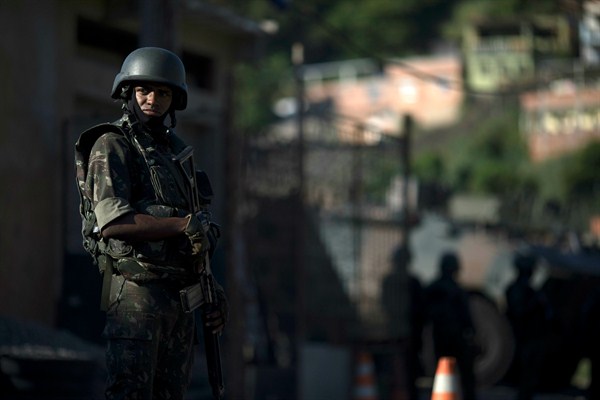BOGOTA, Colombia—On the surface, the future looks bleak for Latin America. In an era of slow economic growth, with deeply polarized societies and increasingly entrenched violence, the continent’s leaders face some daunting challenges. Latin America is grappling with a surge in homicide, which has made it the world’s most dangerous region. The illicit drug trade is booming, organized crime is proving to be more agile than most states, and anti-corruption efforts have been rolled back across the continent, undermining democracy.
There are, however, glimmers of hope if you look closer. Amid the carnage, solutions and experiments are emerging that could slow the violence and reduce the killing.
According to data from the Igarapé Institute, a Brazilian think tank, 17 of the 20 most violent countries in the world by murder rate are in Latin America and the Caribbean. Marginalized communities across the region still live under the control of organized crime and nonstate armed groups. In countries like El Salvador, Guatemala and Honduras, residents are held hostage by “invisible borders” that define gang turf. Trapped in their neighborhoods, they are unable to move freely, and crossing into rival territory nearly always carries a death sentence. People become victims of elaborate extortion rackets, forced to pay monthly fees to gangs and cartels, or face execution.

